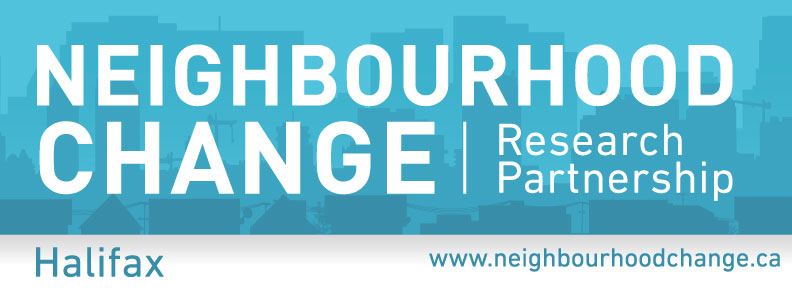Neighbourhood change in Halifax
In the contemporary economy, inequality is growing and is increasingly concentrated in particular parts of large and mid-sized cities. Over the last several decades many neighbourhoods have experienced significant change. Some areas improved economically as affluent residents gentrified formerly working class or artist districts. Some neighbourhoods experienced population loss or other signs of decline. Some neighbourhoods became more distressed as economic conditions worsened or poverty intensified.
What factors generate neighbourhood change? What forces produce socio-spatial inequality in cities, and what are the impacts of growing inequality and social polarisation? What kinds of policy responses may be appropriate to lessen the degree and extent of inequality as neighbourhoods change?
This seven-year (2012-2019) national research project is investigating the processes and results of neighbourhood change in Canadian cities. Visit the web site for the national project for more information. Major funding for the project is provided by a Partnership Grant from the Social Science and Humanities Research Council of Canada.
Halifax is one of the cities profiled in the study. Researchers involved in the Halifax case study include Jill Grant, Martha Radice, and Howard Ramos. Local partners involved in the research include Paul Shakotko (United Way Halifax), Malcolm Shookner (NS Department of Finance), and Kasia Tota (Halifax Regional Municipality).
Check the other links on the menu to the left to see our research reports. Below is a video on our research on rooming houses:




